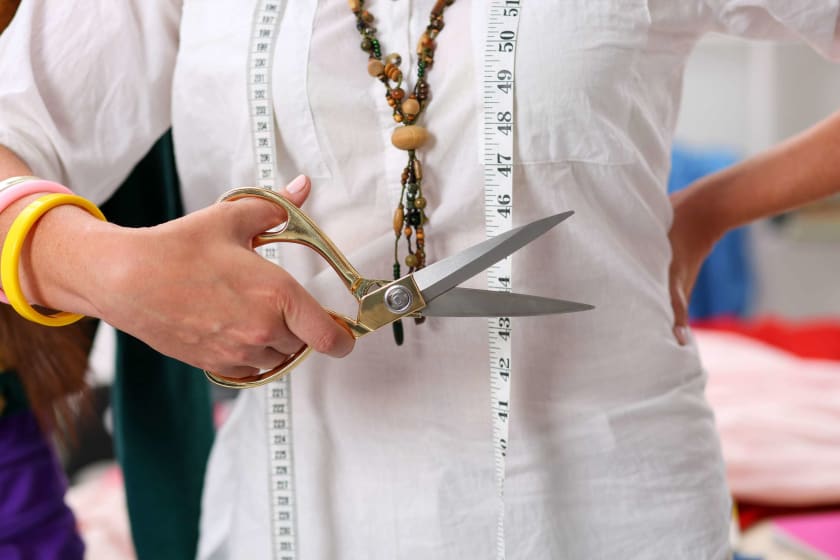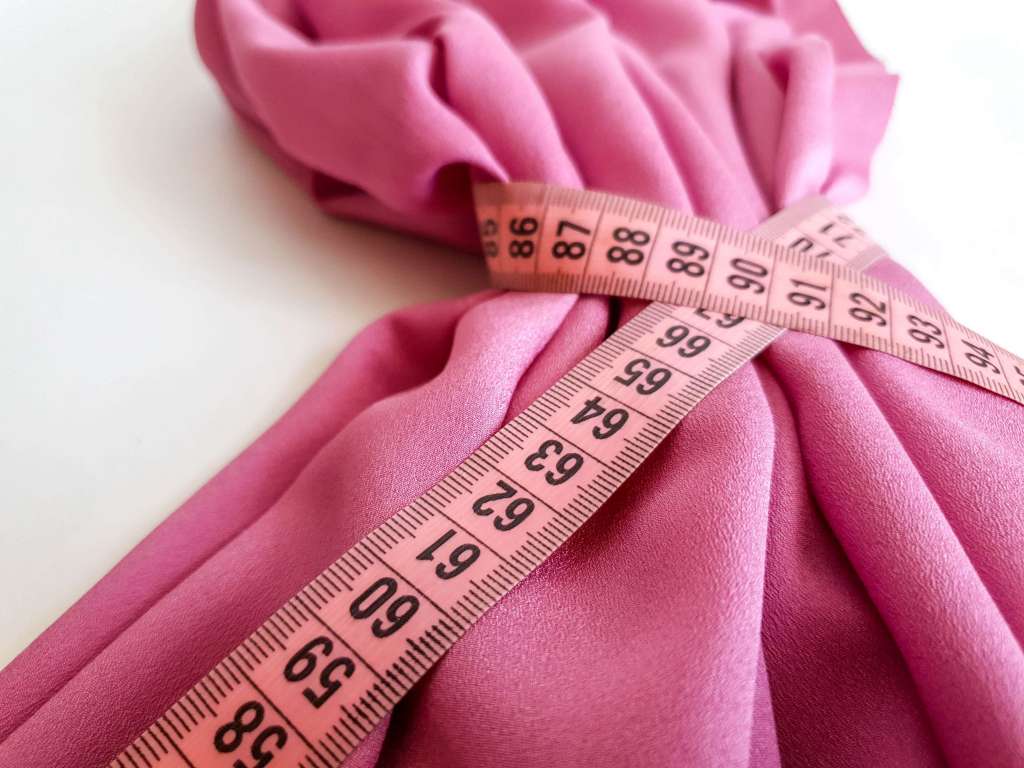Converting Knitted Fabric Requirement From Meter To Kilogram



The average number of meters (or kilograms for knits) of material required to make the garment is known as fabric consumption. Fabric consumption is the most significant element that helps evaluate a garment's price. Therefore, it must be calculated accurately to avoid any losses.
Careful consideration of the fabric's weight is essential to ensure exceptional quality for the manufactured clothes. Clothing materials of varied weights can also be selected per the customers' wearing and comfort preferences.
This article will shed light on the methods used to calculate a fabric's weight using professional gear and tools commonly found at the house or workplace. It will also make fabric designers understand the conversions between the most popular measurement units for determining a fabric's weight.
Why is knowing a fabric's weight essential?
The importance of a fabric's weight can be understood by going through the below pointers:
1. Direct link between fabrics and the final manufactured apparel
When apparel designers buy a particular fabric from a supplier, they will inquire about the weight of the fabric. It is so because apparel designers usually have a rough idea about the weight of the apparel they wish to design and choose fabrics accordingly. Even if they don't have a clear idea about the apparel weight, they check the weight of different fabrics and choose the ones with the ideal weight per their design.
2. Estimated orders are directly influenced by fabric weight
Suppose the apparel designers purchase a kilogram of fabric with a larger weight per unit length than another fabric. In that case, the delivered fabric might vary from the length and width required for the apparel. If not planned for, this could result in a shortage issue, but if the contrary were true, they might end up with a surplus. If the fabric is purchased only based on its dimensions, a new fabric that is denser will force the apparel designer to pay extra shipping charges. Such miscalculated decisions can negatively impact a product's or fashion collection's overall budget.
What are the most commonly used units of measurement of fabric density?
The commonly used units of measurement of the fabric weight or density are given below:
- Gram per yard
The cloth weight is measured in terms of gram per yard (g/y; one yard is around 0.91 meters). Anyone who indulges in large-scale cloth manufacturing, such as clothing manufacturers, uses g/y as the standard unit for fabric measurement.
- GSM
GSM is the most widely used measurement unit for fabrics. It stands for grams per square meter. The term "fabric GSM" refers to the weight of one square meter of cloth in grams. GSM can alternatively be expressed as g/m². GSM can be calculated for both woven and knitted fabrics.
- Oz/square yard
The fabric weight per square yard is measured in ounces (one yard is around 0.91 meters). This measuring unit is frequently written as oz/yd². Oz/yd² is the standard unit for fabric measurement in the UK.
How to determine fabric weight?
1. By using a precision digital scale with a circle cutter
In the textile industry, a circle cutter is used to determine the cloth weight. As the fabric swatch in textile manufacturing units is large enough to create the circle cut, it provides an accurate way to weigh the fabrics.
When weighing the fabric in grams and assuming its area is 0.01 m², the apparel designers can determine its weight as explained below:
Fabric's weight in grams x 100 = GSM.
If the apparel designers use a precision digital scale designed specifically for cloth, it will immediately display the weight in GSM or grams per yard.
2. Leveraging simple tools to measure fabric weight

If the fabric swatch is less than 10 x 10 cm in size or the apparel designers don't have a circle cutter, they may check the fabric weight with two standard office supplies: a ruler and a pen! Although to ensure greater accuracy, using a precision digital scale is recommended.
First, use a pen and ruler to draw a rectangle on the fabric to create precise right angles. If the fabric samples are knitted, try sketching dotted lines rather than solid lines because solid lines may cause the cloth to expand, resulting in uneven bars and changing the final design.
The rectangle made on the fabric should then be cut off. The area in cm² is then determined by multiplying the rectangle's width and length, i.e., Area = Width x Length
These measurements must be noted down.
A precise digital scale can then be used to weigh the rectangle cloth sample. The apparel designers can then note the weight.
Lastly, they can use the following formula to determine the fabric weight:
(The rectangle's area in cm²) x (the fabric swatch's weight in g)/10,000 = (fabric weight in g/m²)
Using the calculations in the preceding section, the designers can now convert the fabric weight into the units of their choice!
Conversion of knitted fabric from meters to kilograms
From the above paragraphs, it is easy to understand that the following details are required to convert knitted fabric from meters to kilograms:
- Width of the fabric
- Fabric weight (per square unit)
- Total fabric weight that needs to be converted into kilograms
The weight of a fabric roll can be measured by using this formula:
Weight = Fabric length x fabric width x fabric GSM (as fabric weight per square unit is generally measured in GSM)
Suppose that the length of the fabric is 1,500 meters and its width is 70 inches. The given fabric GSM is 220 grams. The following steps can be used to convert the knitted fabric requirement from meters to kilograms:
Step 1: Convert the width from inches to meters
Here, the width is 70 inches. To convert it into meters, we must multiply it by 2.54 cm, as one inch equals 2.54 cm. After that, we need to divide the answer by 100 as 100 cm equals 1 meter.
70x2.54/100 = 1.77 meters
Step 2: Use the formula to calculate the weight of the fabric
Weight = Fabric length x fabric width x fabric GSM (fabric weight per square unit is generally measured in GSM)
= 1,500 x 1.77 x 220 = 5,84,100 grams
Now, to convert the weight into kilograms, we need to divide the result by 1000, as 1 kilogram equals 1000 grams.
Therefore, the final weight of the fabric in kilograms will be 584.1 Kilograms.
Conclusion
Ordering the fabric of appropriate weight and dimensions is essential. However, new designers and clothing lines might find it challenging to order suitable samples initially. Some might even lack the advanced tools to measure and convert vast quantities of fabrics from meters to kilograms and vice versa. Beginners must talk with fashion industry experts to conduct the apparel production business smoothly. At Fashinza, we help designers by providing a tech-based platform that can be seamlessly used to connect with industry experts. We also guide them on how to get free fabric samples from manufacturers.

Connect with Fashinza today and get free fabric samples from the top apparel manufacturers in the industry!



















